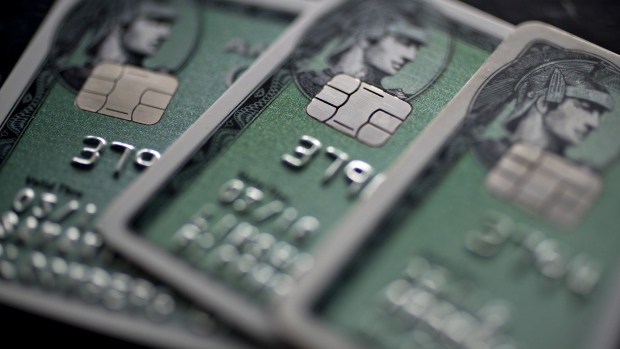May 1, 2020
AmEx retools its platinum card as pandemic crimps global travel
, Bloomberg News

American Express Co., long synonymous with premium travel rewards, will now offer a meditation app and credits for streaming services as the coronavirus pandemic forces its customers to stay home.
As the outbreak made its way to the U.S., the credit-card issuer realized that many of its rewards tied to spending on airlines and hotels were becoming less relevant, said Doug Buckminster, president of global consumer business.
“We decided to play offense here and we decided to lean into our opportunities to support our customers,” he said. “If we were going to play defense on this, we would have just hung back and reacted to customers once they expressed dissatisfaction with the price and value equation.”
For consumers with the US$550-a-year Platinum card, American Express is now offering as much as US$320 in statement credits for spending on select streaming and wireless-telephone services, the company said in a statement Friday. All U.S. consumer-card customers get a free year of Calm, a sleep and meditation app.
Consumers with certain cards tied to Delta Air Lines Inc., Marriott International Inc. and Hilton Worldwide Holdings Inc. will earn more points for purchases at U.S. supermarkets.
American Express in recent years has been revamping many of its cards that carry an annual fee, including the Platinum card. That helped boost net card fees 18 per cent to US$1.11 billion in the first three months of the year, the only category of non-interest revenue to post an increase in the quarter.
“It’s always a choice between do you want to cut price or add value,” Buckminster said. “Our business and our brand were built on identifying and engineering distinctive value for our membership, and that’s the hand we decided to play here.”
JPMorgan Chase & Co. on Friday also began offering additional rewards for grocery purchases on some of its premium and co-brand credit cards. The bank said customers with the popular Chase Sapphire Reserve card and some United Airlines Holdings Inc. cards will receive five points or miles for each dollar spent on groceries.





